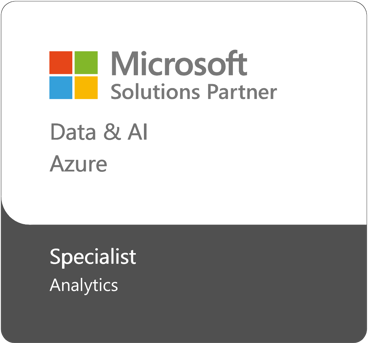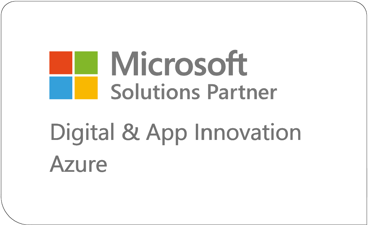404
Not Found
Hmm, we can't find that particular page.

Elevating Excellence: Our Microsoft Partnership!
Our ongoing collaboration with Microsoft brings you the best in innovation and technology.
Tell us about your project
Got a question, need support, or ready to explore possibilities? We're here to help. Fill out the form and our team will reach out within 1-2 business days.


